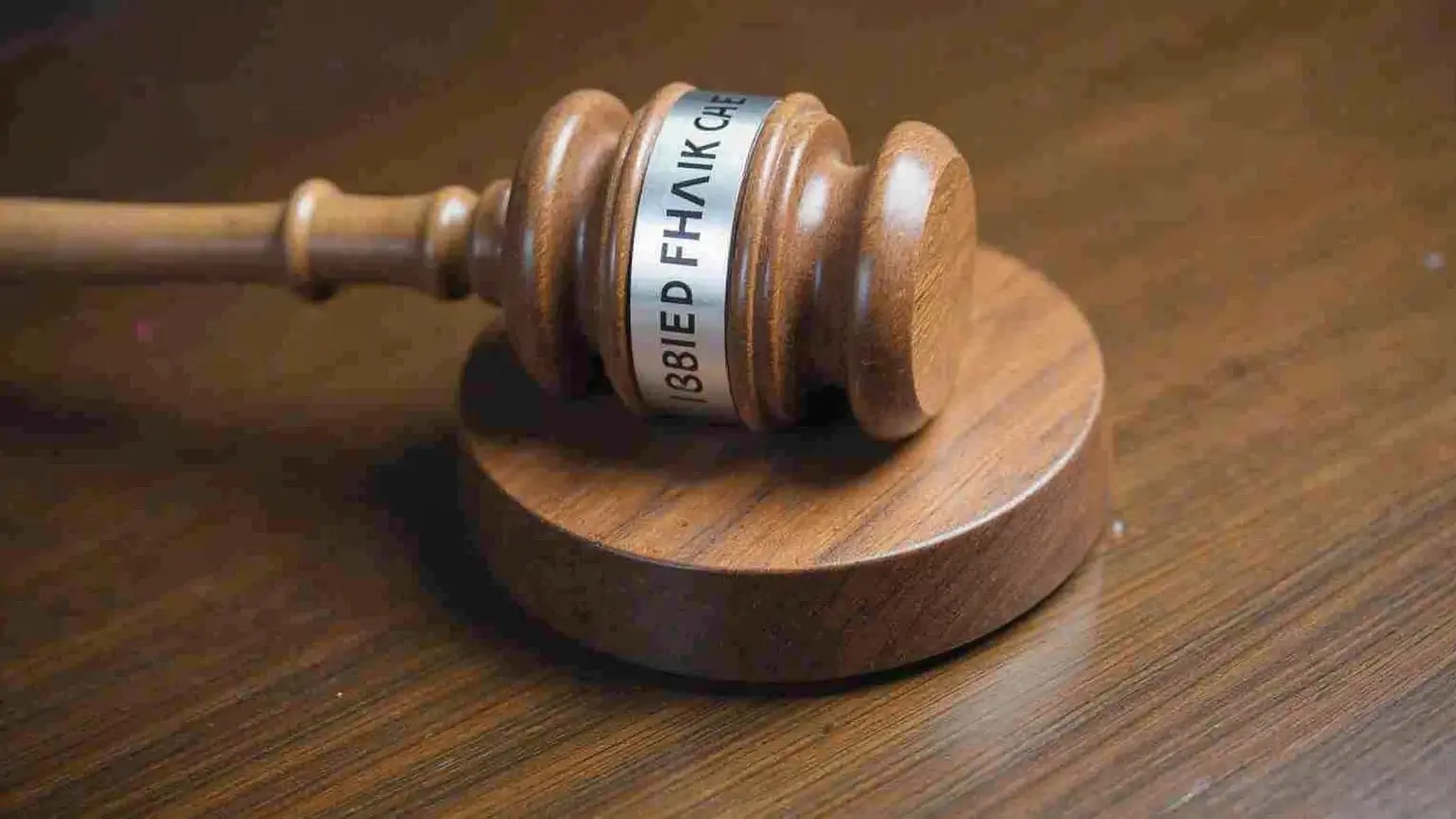The Queensland government has announced a 17.5% decline in serious youth repeat offenders since 2024. But as political season heats up, critics are questioning the transparency and validity of the crime data underpinning these claims.
Headline figures, but missing footnotes
Premier Laura Woodhouse hailed the figures as evidence that tougher sentencing and early intervention programs are working. However, advocacy groups argue the government’s reporting lacks detailed methodology, age breakdowns, and regional context. Civil liberties watchdogs claim that the numbers are 'politically curated' to paint a narrative of control in a volatile electoral climate.
Trend Analysis
The debate reflects a broader national trend where state governments tout declining youth crime but face increasing demands for real-time data access and third-party oversight. Queensland is not alone—but its numbers are among the most contested.
What’s really behind the decline?
Some analysts suggest the drop may reflect a shift in classification rather than an actual fall in offending. For example, several offenses once considered 'repeat serious' have been downgraded due to procedural reforms. In addition, a decrease in court appearances due to diversionary schemes like Youth Engagement Orders may skew the trend downward without addressing root causes.
Spoiler
Expect growing calls for a parliamentary inquiry or ombudsman review as election day nears. Opposition leaders are already drafting motions.
Youth justice reforms or election optics?
Since 2023, Queensland has rolled out initiatives including community-based mentoring, family intervention teams, and stricter bail enforcement. While these have received bipartisan praise, their rollout has been uneven. Some remote areas still lack access to critical services. Critics say the government is fast-tracking results to bolster its law-and-order credentials before the 2025 state election.
Opinion
Crime stats should never be used as campaign tools. If Queensland wants to lead in youth justice reform, it must prioritize openness and long-term investment over quick wins.
Communities want transparency, not slogans
In regional areas like Townsville and Cairns, where youth crime has been a flashpoint, residents remain skeptical. Community leaders are calling for independent audits of the data and sustained funding for local solutions. Without these, they fear the gains may be short-lived or overstated.
Conclusion
Queensland’s reported youth crime drop is promising on paper, but without greater transparency and independent scrutiny, public trust may be the true casualty.
Frequently Asked Questions
- What did Queensland report about youth crime?
- The government claims a 17.5% reduction in serious repeat youth offending since last year, citing justice reforms and intervention programs.
- Why is the crime data being criticized?
- Critics argue the data lacks transparency, context, and may reflect changes in classification rather than actual crime reduction.





Expert Comment